Introduction
Computer vision (CV) is a recent branch of Artificial Intelligence that focuses on replicating this human vision to help computers identify and process things the same way humans do, basically with the help of digital imaging and deep learning models.

When we look at an object, for example something made of wood, having four legs and a flat top, instantly the word “TABLE” turns up in our mind. This interpretation may seem easy in day to day life, but the entire mechanism isn’t so simple. Human vision involves our eyes, but it also involves all of our abstract understanding of concepts and personal experiences through millions of interactions we’ve had with the outside world.
Similarly, the basic idea behind the concept of CV is to develop an automated system for interpreting and comprehending an image on a pixel-by-pixel basis.
Industrial Benefits of Computer Vision
The longevity and relevance of any technology is prima facie determined by its benefits. Like any other technology, CV has some amazing features which make it popular in the industry:
- Faster data processing: It can perform repetitive tasks faster and more efficiently than humans. For example, facial recognition, object detection and equipment detection is done easily.

- Assurance in working : The applications are trained very well with advanced algorithms and will commit zero mistakes. This will result in faster delivery of high-quality products and services. Thus, it also encourages cost reduction.
- Quality inspection while placing products on supply line: CV enables quality check based on the ideal shape, size and volume of the products; else color, texture and appearance for chemical substances in real-time. Thus, it becomes time-efficient in supply lines.
- Security and Surveillance: Computer vision is deployed in surveillance systems. It gives error-free and precise outputs while detecting /tracking objects or individuals, identifying suspicious activities based on certain movements of a person/object within designated frames; thus enhancing public safety.
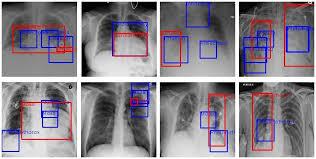
Analyzing an X-ray image of thoracic cavity with possible zones of ailments
- Medical Imaging and Healthcare: Computer vision algorithms can analyze medical images, such as X-rays, CT scans, and MRIs, to assist in diagnosing diseases, identifying abnormalities, and planning treatments.
- Augmented Reality (AR) and Virtual Reality (VR): Computer vision plays a crucial role in AR and VR technologies. It enables virtual objects to be seamlessly integrated into the real world, allowing users to interact with their environment in innovative and immersive ways.
These are just a few examples of the industrial benefits of CV. As technology continues to advance, it has the potential to revolutionize various industries and bring about significant societal renaissance.
Real-life applications
1. Autonomous vehicles/ self-driving cars:
The term “self-driving” corresponds to the use of CV in enabling automobiles to perceive and understand the environment. Cars leverage object detection algorithms in combination with advanced cameras and sensors to analyze their surroundings in real time and recognize things like pedestrians, road signs, barriers, and other vehicles to safely navigate the road.
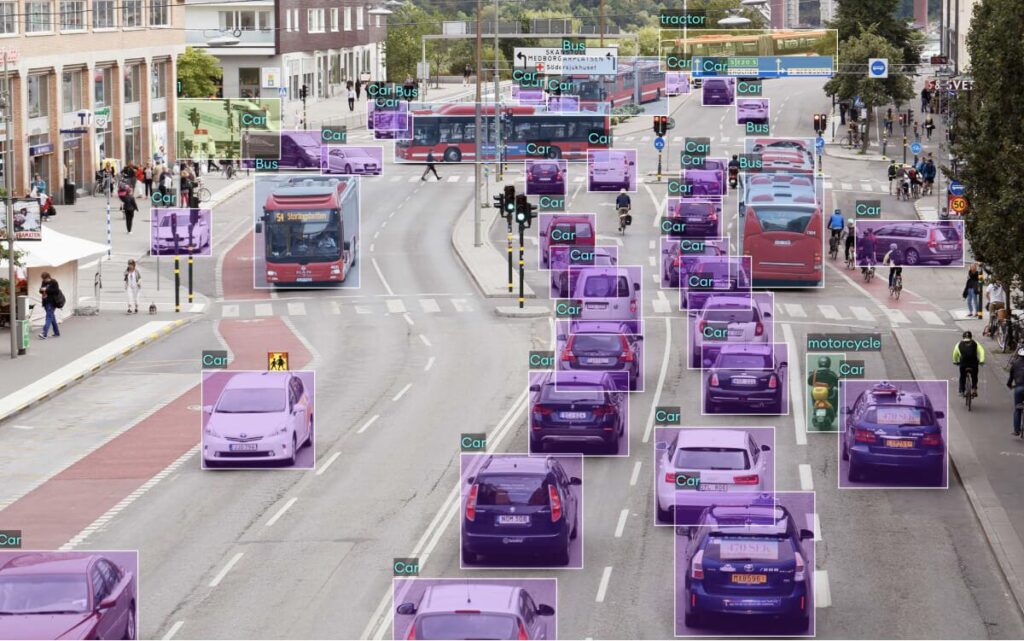
Some CV concepts which are notably used here are segmentation, primarily to differentiate between two different types of objects (car vs tree); while there is instance segmentation for variating 2 cars.
Also, it uses depth estimation and 3D Mapping to attain better accuracy, along with implementing Sensor Fusion, lane knowledge, collision avoidance by P2P distance estimation in real-time.
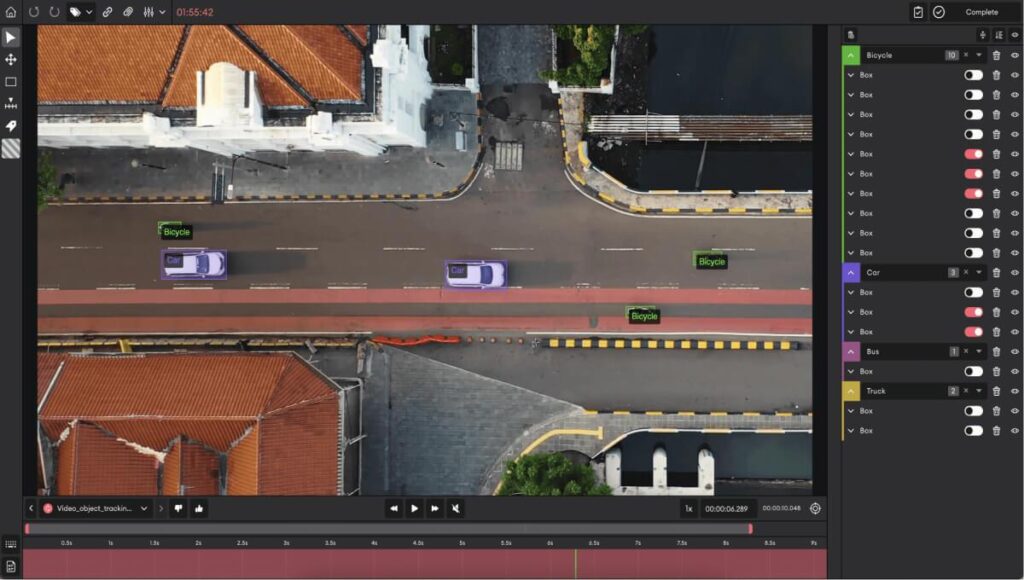
Thus, CV helps design automated vehicles/ self-driving support.
2. Applications in construction industry:
Computer Vision enables new applications in the construction industry by providing real-time information and scalable, distributed intelligence at the project site. This allows construction managers to make better decisions, reducing waste and improving efficiency. The primary steps in this domain are detection of construction equipment and workers’ kits, with the help of deep learning.
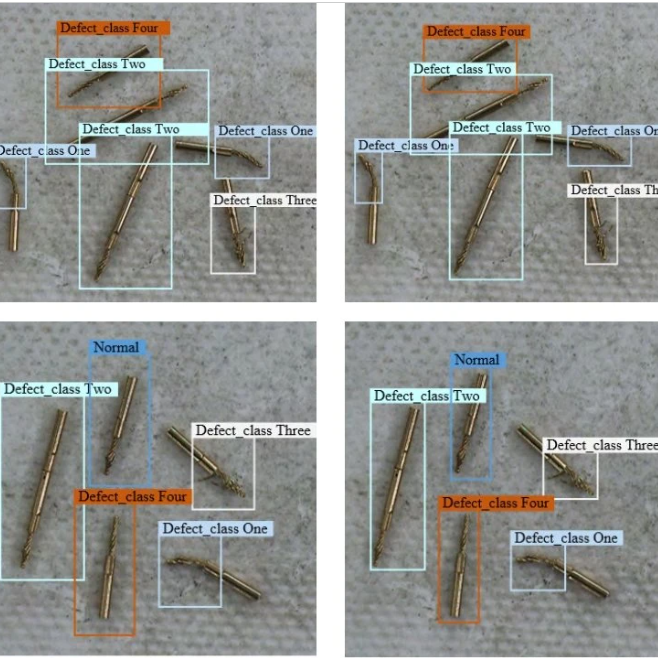
Also, it includes sensors to detect and identify irregularities in the material, checking the consistency and color of the material, along with verifying the dimensions. It can also be used to keep track of the condition of construction assets.
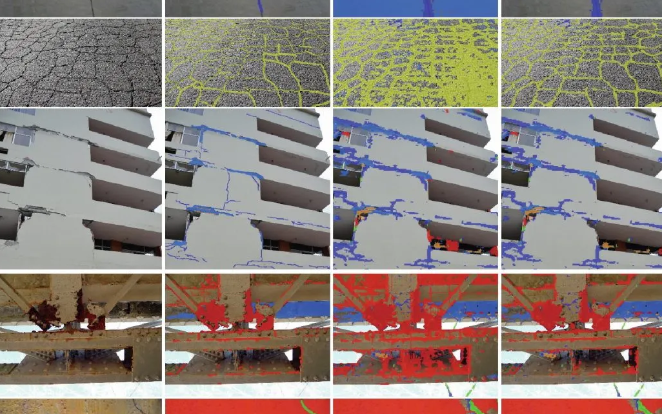
This can help with asset management, as it allows managers to keep track of which assets need repairs or replacements. It can also help with maintenance, as it can alert workers when an asset is starting to wear down and needs to be repaired or replaced.
This makes it possible to ensure that standards are met and reduces the chances of defects. Also, we can check on production control with 3D infrastructure mapping, with additional security surveillance.
Thus, CV becomes important in the construction industry as well.
Major algorithms involved in Computer Vision
- Deep learning-based approaches (Faster R-CNN, YOLO, SSD) have been developed for accurate and efficient object detection in images and videos.
- Edge Detection: Algorithms like Canny edge detection, Sobel operator, and Laplacian of Gaussian (LoG) detect edges and boundaries in images.
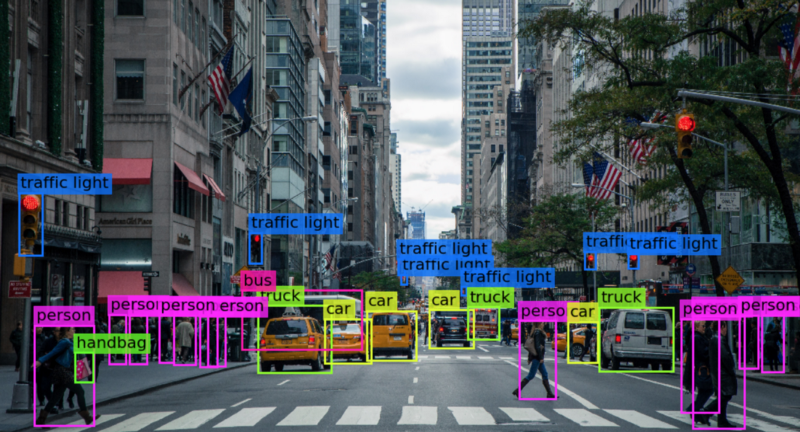
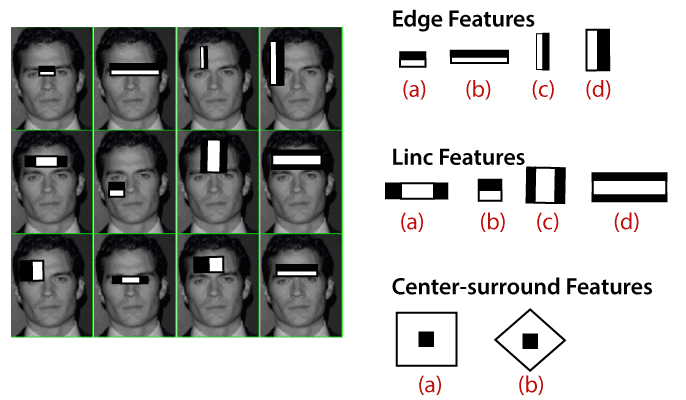
- Convolutional Neural Networks (CNN): CNNs are widely used for image classification, object detection, and recognition tasks. They utilize multiple layers of convolutional filters to extract hierarchical features from images, namely a convolutional layer, a pooling layer and a fully connected (FC) layer.
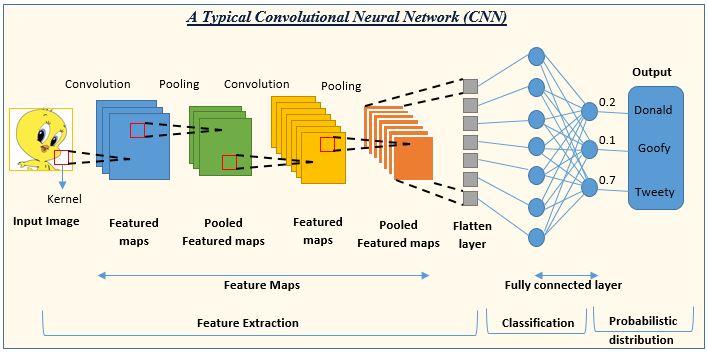
- HAAR Cascade Algorithm: The HAAR cascade is a machine learning approach where a cascade function is trained from a lot of positive and negative images. Positive images are those images that consist of faces, and negative images are without faces.
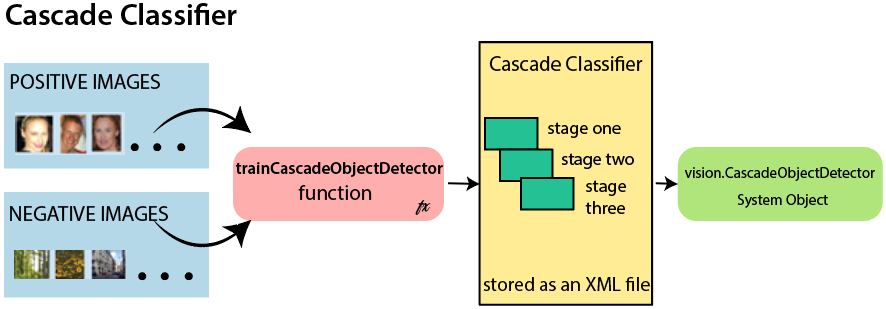

It uses the LBP computation to create an intermediate image that describes the original image in a specific way through highlighting the facial characteristics.
- Optical Flow: Optical flow algorithms estimate the motion of objects within image sequences. They analyze the pixel intensity changes between frames to determine the direction and speed of motion, which is useful for tasks like object tracking and action recognition.

These are just a few examples of the main algorithms used in computer vision. The field of computer vision is vast and constantly evolving, with researchers developing new algorithms and techniques to tackle various visual perception challenges.
Future Scopes of CV
Computer vision has a promising future with numerous exciting opportunities and potential advancements. Some goals are mentioned as:
- Developing more efficient and effective deep learning architectures, exploring new optimization techniques, and improving model interpretability.
- Attain minimal latency for applications such as autonomous vehicles, robotics, and augmented reality to operate.
- Aim to develop models and techniques that provide more transparency and insights into decision-making processes, allowing users to understand and trust the outcomes of computer vision systems.
- Integration of information from multiple modalities such as vision, language, and sensor data holds immense potential. Future developments may involve combining computer vision with natural language processing (NLP) for tasks like image captioning, visual question answering, and multimodal understanding.
- To attain convolution of domains via employing features of CV to IoT devices , Embedded systems and 3D scenes in AR/VR.
Conclusion
Computer vision is a field that has experienced remarkable advancements and holds significant potential for the future. With the rapid development of deep learning algorithms, there has been a paradigm shift in the capabilities of computer vision systems, enabling them to understand and interpret visual data more accurately and efficiently. The future of computer vision is likely to involve real-time processing, 3D vision, contextual understanding, multi-modal fusion, and enhanced robustness against adversarial attacks. Additionally, ethical considerations and the need for explainable and interpretable models will shape the responsible deployment of computer vision technology.
Thus we reach to a notion that CV holds tremendous potential for advancements, innovation, and the development of practical applications that can benefit numerous industries and aspects of our daily lives.
References
- Face recognition and Face detection, JavaTPoint
- Benefits of Computer Vision in the Security Systems, HackerNoon.
- Computer Vision and Autonomous Vehicles, Plainsight.
- What is Computer Vision for Medical Imaging? – Premio Inc
- Real-Time Face Recognition: An End-To-End Project, Towards Data Science.
- Video Lectures, www.youtube.com
- Image References: viso.ai, PERFICIENT for the Azure Histogram, N-iX insights.

